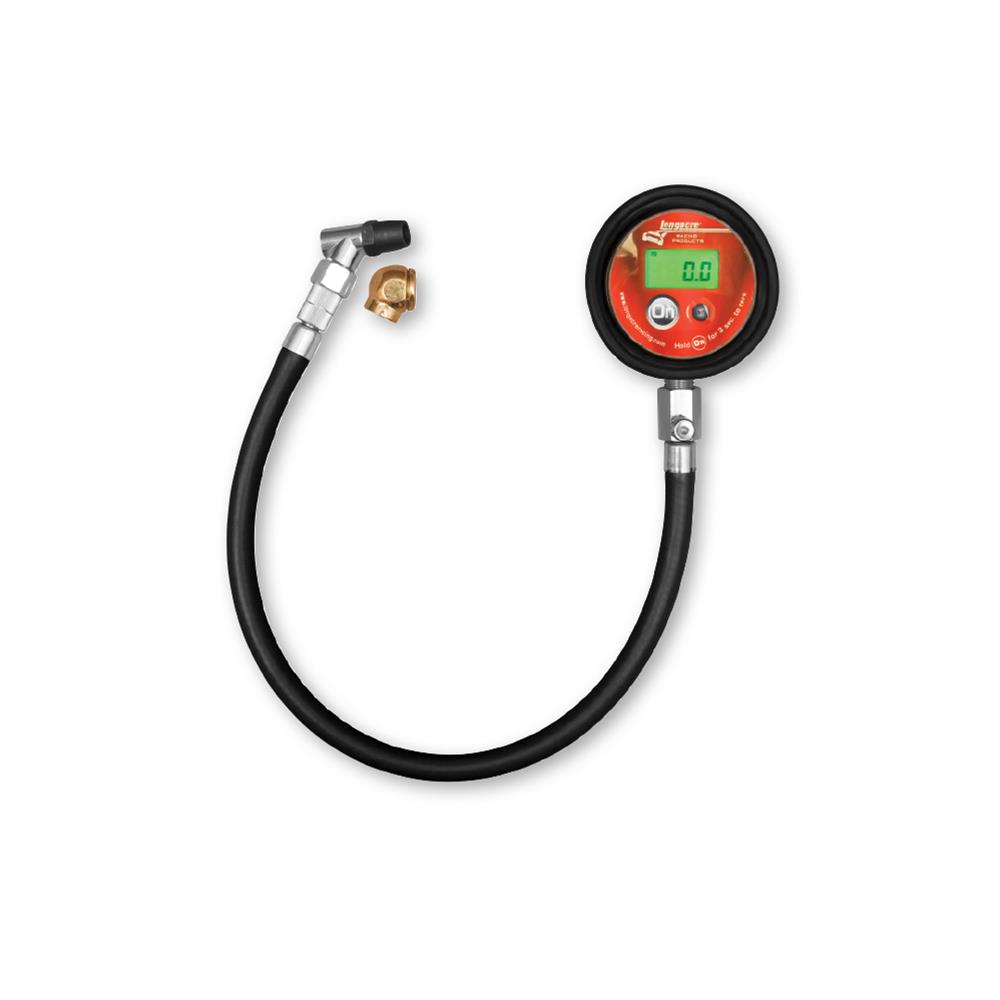I am trying to understand how Tesla TPMS works.
1) The recommended tire pressure for my early 2020 M3 SR+ and 19" wheels is 42 PSI for all 4 tires according to the sticker next to driver's side door jamb.
2) I purposely pump all 4 tires to 3 PSI higher than recommended values to 45 PSI. I used a digital tire pressure gauge from https://www.amazon.com/gp/product/B07KY8RFKC/ref=ppx_yo_dt_b_asin_title_o03_s00?ie=UTF8&psc=1 .
3a) I selected "Factory Reset" via "Service" => "TPMS Sensors" and the UI screen showed recommended tire pressure of 42 PSI for both front and rear tires just like the sticker next to door jamb.
4a) I drove the car for 15 minutes and the Tesla UI showed 41 to 42 PSI for all 4 tires but never ever reached to 45 PSI to match my digital tire pressure gauge.
3b) If I selected "Learn TPMS Sensors" via "Service" => "TPMS Sensors" and the UI screen showed some random numbers recommended tire pressure between 38 PSI and 40 PSI for front and rear tires.
4b) I drove the car for 15 minutes and the Tesla UI shows 41 to 42 PSI for all 4 tires but never ever reached to 45 PSI to match my digital tire pressure gauge.
So I'm not understanding why Tesla UI never display close to 45 PSI to match my digital tire pressure gauge after driving for 15 minutes.
The outside temperature was 31F while driving.
Bottom line, Tesla UI tire pressure reading never ever showed the same or higher tire pressure reading than the measured tire pressure with a digital tire pressure gauge.
What's the difference between "Factory Reset" and "Learn TPMS Sensors" for calibrating TPMS?
Peter
1) The recommended tire pressure for my early 2020 M3 SR+ and 19" wheels is 42 PSI for all 4 tires according to the sticker next to driver's side door jamb.
2) I purposely pump all 4 tires to 3 PSI higher than recommended values to 45 PSI. I used a digital tire pressure gauge from https://www.amazon.com/gp/product/B07KY8RFKC/ref=ppx_yo_dt_b_asin_title_o03_s00?ie=UTF8&psc=1 .
3a) I selected "Factory Reset" via "Service" => "TPMS Sensors" and the UI screen showed recommended tire pressure of 42 PSI for both front and rear tires just like the sticker next to door jamb.
4a) I drove the car for 15 minutes and the Tesla UI showed 41 to 42 PSI for all 4 tires but never ever reached to 45 PSI to match my digital tire pressure gauge.
3b) If I selected "Learn TPMS Sensors" via "Service" => "TPMS Sensors" and the UI screen showed some random numbers recommended tire pressure between 38 PSI and 40 PSI for front and rear tires.
4b) I drove the car for 15 minutes and the Tesla UI shows 41 to 42 PSI for all 4 tires but never ever reached to 45 PSI to match my digital tire pressure gauge.
So I'm not understanding why Tesla UI never display close to 45 PSI to match my digital tire pressure gauge after driving for 15 minutes.
The outside temperature was 31F while driving.
Bottom line, Tesla UI tire pressure reading never ever showed the same or higher tire pressure reading than the measured tire pressure with a digital tire pressure gauge.
What's the difference between "Factory Reset" and "Learn TPMS Sensors" for calibrating TPMS?
Peter



